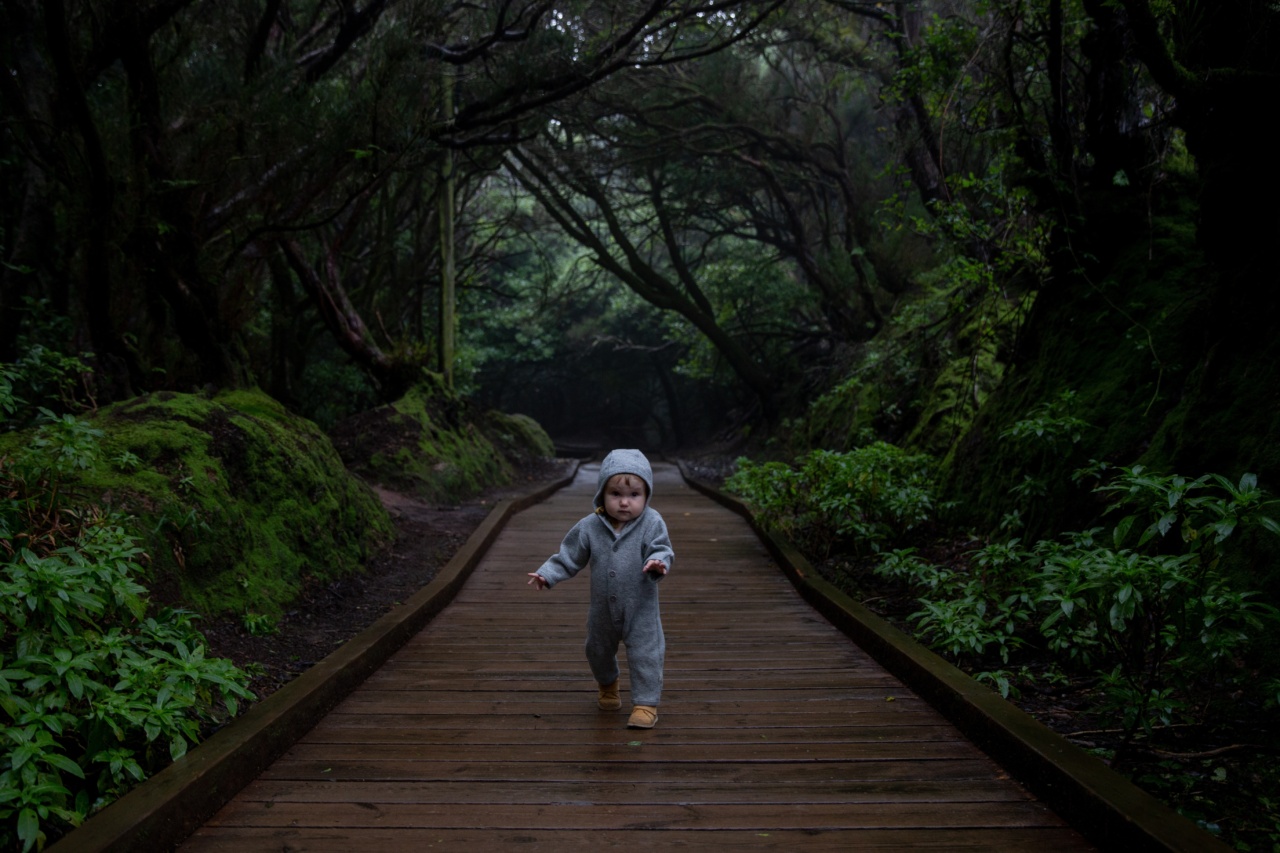As children grow up, they naturally begin to explore their surroundings. From the moment they are born, they are curious about the world around them, and this drive and motivation to explore continues as they age.
Parents and caregivers can foster a child’s innate curiosity by providing them with opportunities to explore and learn, but what exactly is it that motivates children to explore their surroundings?.
Natural curiosity
Children are born with a natural curiosity about the world around them. They want to touch, taste, and explore everything that they see. This curiosity is a key driving force behind their behavior as they grow and learn.
Children are constantly asking questions and seeking out new experiences, which helps them to develop their knowledge and understanding of the world around them.
The desire for independence
As children grow older, they begin to develop a desire for independence. They want to be able to make their own choices and decisions, and exploring their surroundings allows them to do just that.
This desire for independence motivates children to explore and learn about the world on their own terms, giving them a sense of control and autonomy over their own lives.
The need for stimulation
Children have a natural need for stimulation, both physical and mental. Exploring their surroundings provides children with a variety of stimulants that can help them to learn and grow.
Through exploration, children can engage their senses and develop their motor skills, as well as hone their cognitive abilities and problem-solving skills. The stimulation that comes from exploration helps to keep children engaged and interested in learning.
The desire to learn
Children have an innate desire to learn and understand the world around them. Through exploration and discovery, children can satisfy this desire for learning.
Whether it’s through playing with toys or exploring nature, children can gain new knowledge and skills by exploring their surroundings. This desire to learn motivates children to explore and discover new things every day.
The need for social interaction
Children are social creatures, and they have a natural need for interaction with others. Exploring their surroundings provides children with opportunities to interact with others on a variety of levels.
Whether it’s through playing with toys together or exploring nature with friends, children can engage in social interaction while they explore their surroundings. This need for social interaction can motivate children to explore and engage with the world around them.
The need for physical activity
Children also have a natural need for physical activity, and exploring their surroundings provides them with plenty of opportunities to move and exert themselves.
Whether it’s running, climbing, or crawling, exploring their surroundings allows children to engage in physical activity that is both fun and beneficial for their health and well-being. The need for physical activity can motivate children to explore their environment and stay active and engaged.
The desire for adventure
Lastly, children have a natural desire for adventure and excitement. They want to explore new places, try new things, and take risks.
This desire for adventure can motivate children to explore their surroundings, seeking out new experiences and challenges. By exploring their environment, children can satisfy their craving for adventure and excitement while also learning and growing.
Conclusion
There are many factors that motivate children to explore their surroundings, from natural curiosity to the desire for independence, stimulation, learning, social interaction, physical activity, and adventure.
By providing opportunities for children to explore and discover the world around them, parents and caregivers can help foster a child’s innate curiosity and drive to learn, while also helping them to develop the skills and knowledge they need to thrive.































